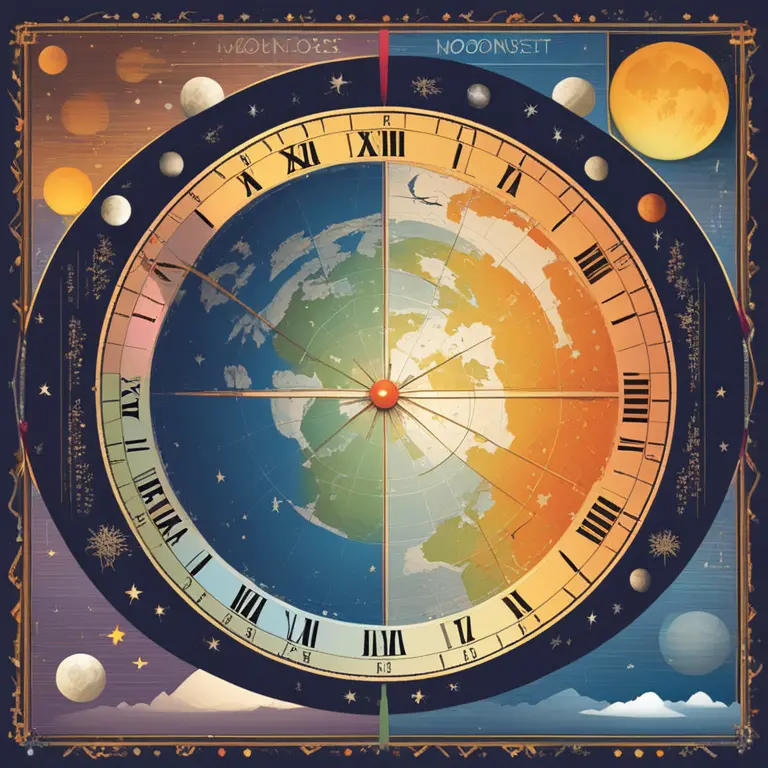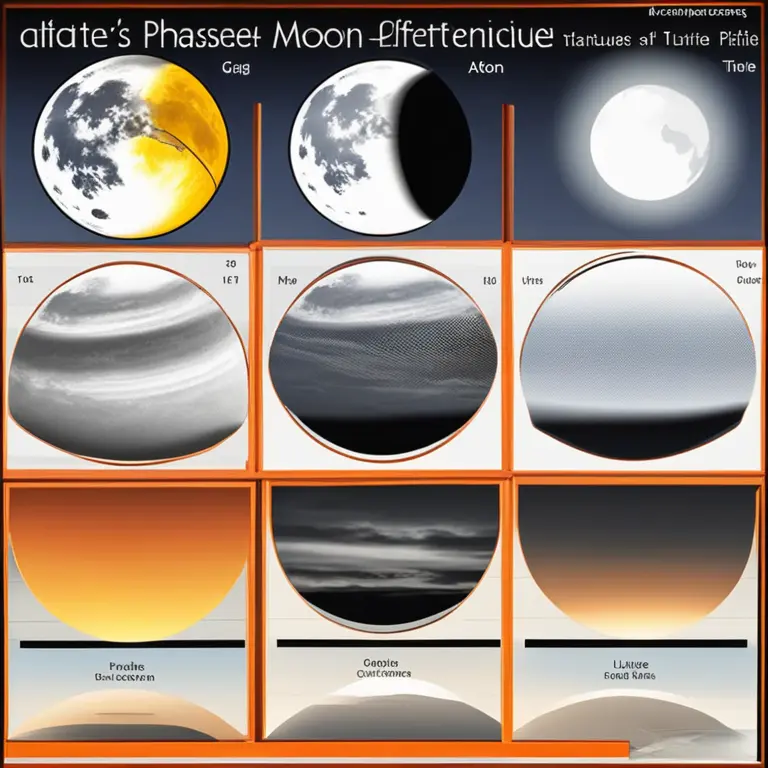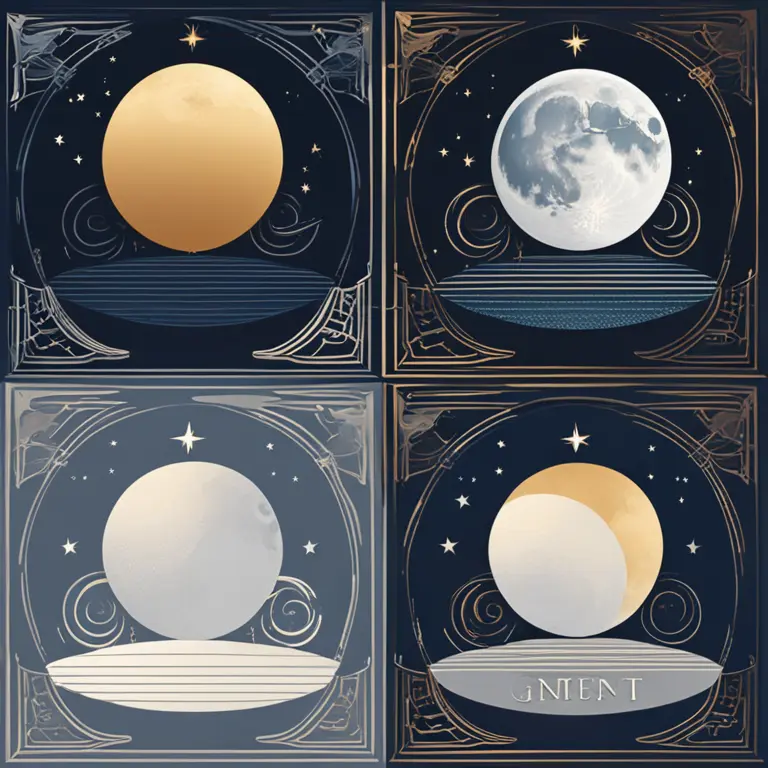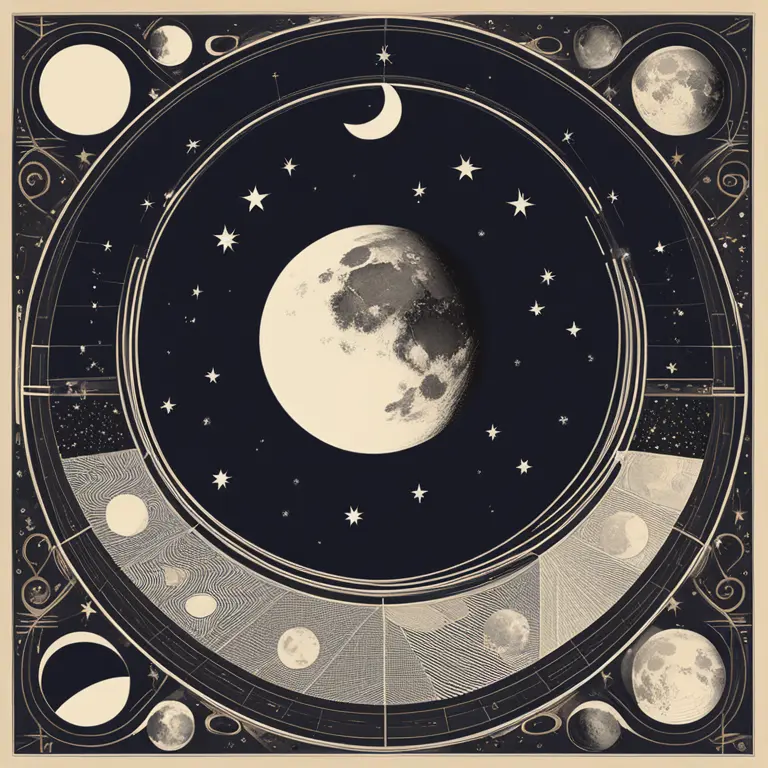
Does the Moon Phase Change with Location?
Explore the fascinating interplay between moon phases and geographic location, and understand how your view of the lunar cycle differs around the world.
article by Priya Deshmukh
Introduction to Moon Phases
Understanding the phases of the moon is crucial in fields like astrology, where the lunar cycle is believed to influence human behavior and events. The moon goes through a series of phases each month, from the New Moon to the Full Moon and back again. These phases are created by the geometric relationships between the Earth, the Moon, and the Sun, as well as the amount of the Moon's surface that is illuminated from our perspective here on Earth. In terms of astrology, these phases are thought to herald different energies suitable for various activities and emotions, which many look to for guidance.

Geographic Variations in Moon Viewing
While the moon itself does not change its phase based on your location, the time at which you observe these phases will vary. Observers in different parts of the world will see the moonrise and moonset at different times due to the curvature of the Earth and its time zones. A Full Moon in New York can be seen on a different day or time than in Tokyo. This has intriguing implications for those following lunar calendars or astrological practices, as local moonrise and moonset times are significant in determining the precise timings for rituals, celebrations, or horoscope predictions.

Moon Phase and Astrological Significance
The phase of the moon is considered by many astrologists to have a profound effect on both collective and personal experiences, and this celestial dance is universal, observed the same way from any location that can view it. However, forecasting astrological events for 2024 and onward requires careful consideration of the lunar calendar and time zones. For instance, casting a horoscope for the New Moon will involve aligning with the local time of the phase transition which differs by location, reflecting the localized nature of astrological practice.

The Effect of Latitude on Moon Phases
While the phase of the moon does not vary with location, the angle at which you view the moon changes with latitude. So, while your view might differ slightly, the moon phase itself does not. Observers near the equator will see the moon passing almost directly overhead, whereas those at higher latitudes will witness the moon tracing a lower arc in the sky. Equatorial observers may notice the lunar disk appears more horizontal during the crescent phases, a view that's quite different from those at higher latitudes who see it tilted.

Does the Local Environment Affect Moon Observations?
Certainly, local environmental factors such as atmospheric conditions, pollution, and light pollution can affect how the moon appears. For astrology enthusiasts, these factors can symbolically represent local influences on the universal energies the moon is thought to exert. When writing horoscopes for various locales, the astrologer must consider these nuances to provide more personalized and relevant readings.
Published: 1/19/2024
Modified: 1/19/2024
More predictions
Come back here soon to learn more about yourself and your future


Behind The Moon Phases Mystique
Delve into the celestial mechanics behind the moon phases and their significance in astrological practices.


Optimal Moon Phases for Successful Deer Hunting
Discover the impact of lunar phases on deer activity and learn when to plan your hunting trips for the best chances at a successful harvest.


Your Moon Phase Match: Find Celestial Harmony
Discover which moon phase best aligns with your personality and how this celestial body influences your life journey.